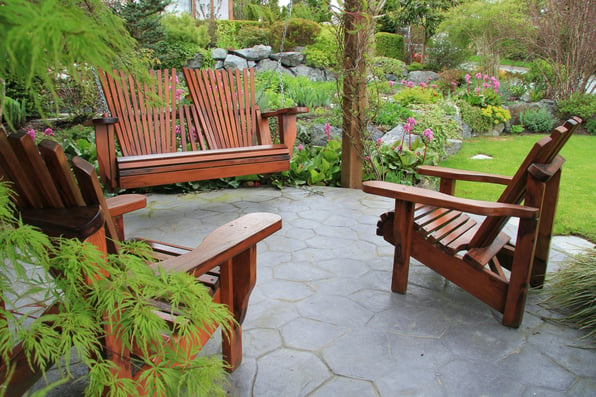 For many individuals, trees are a natural resource that do not appear to be in short supply. For those in development, engineering or construction, however, it can immediately become apparent just how vital timber is for our global society.
For many individuals, trees are a natural resource that do not appear to be in short supply. For those in development, engineering or construction, however, it can immediately become apparent just how vital timber is for our global society.
Investing in precious timber is a savvy move that can diversify your portfolio and offer profits that often surpass the average ROI for the stock market.
Why is Precious Timber Valuable at All?
Although trees may be ubiquitous around the world, they still have an incredible amount of value thanks to the global need for timber. Lumber is a necessity when building things from bridges to airports, which makes timber even more important in developing nations. In locations where hard woods aren't naturally available, they must be shipped in before construction can begin.
While common timber is necessary for all types of building and construction and is always in demand, precious timber such as Teak is used for constructing all types of high-end furniture, cabinets and more is in even greater demand!
There are some materials that can be used in place of timber, but these options tend to be less effective, less durable and less attractive. Lumber wins out in virtually every category, proving that the natural option is often the best choice in even the most modern projects.
How Precious Timber Aids in Diversification
For the investor, precious timber can go a long way in diversifying a portfolio. To begin, timber isn't a product that is only valuable or appreciated in a specific geographic region. Although there is a particularly large demand in countries with a blossoming middle class, such as India and China, timber is needed from Europe to Africa, and everywhere in between.
This means that even if a single country's economy fails, or if construction in one area slows, timber will still retain a substantial amount of value in other destinations around the globe. Furthermore, timber sales are not restricted to a single country, and therefore also not a single currency.
Investing in things on a global scale can help you mitigate your risk and successfully diversify your holdings.
Growth Consistently Surpasses Inflation Rates
Typically, returns on investments are noted in percentages. An ROI of two percent, for instance, means that the investor received a two percent increase in the value of their initial investment. When factoring in how successful an investment truly is, it is vital to take inflation into consideration.
If inflation is three percent, but your ROI is two percent, then you haven't gained money, and you've actually decreased your purchasing power overall!
Since as far back as 1987, precious timber has delivered average annual returns of 15 percent. This keeps profits well above inflation, and the trend for this success seems to be continuing for the foreseeable future.
Inherently Protected Against Oversupply
In every market and industry, there has to be a balance between supply and demand. Although demand for precious timber is high, an oversupply could render timber investments less valuable.
Thankfully, there is an inherent mechanism preventing that from happening: The growing cycle! Trees can only grow so fast, and must be harvested at a specific time, which means that it is virtually impossible to saturate the market and create an oversupply of timber.
If you're searching for an investment that can diversify your portfolio, stay ahead of inflation and mitigate risk, then precious timber may be the perfect option to consider.

